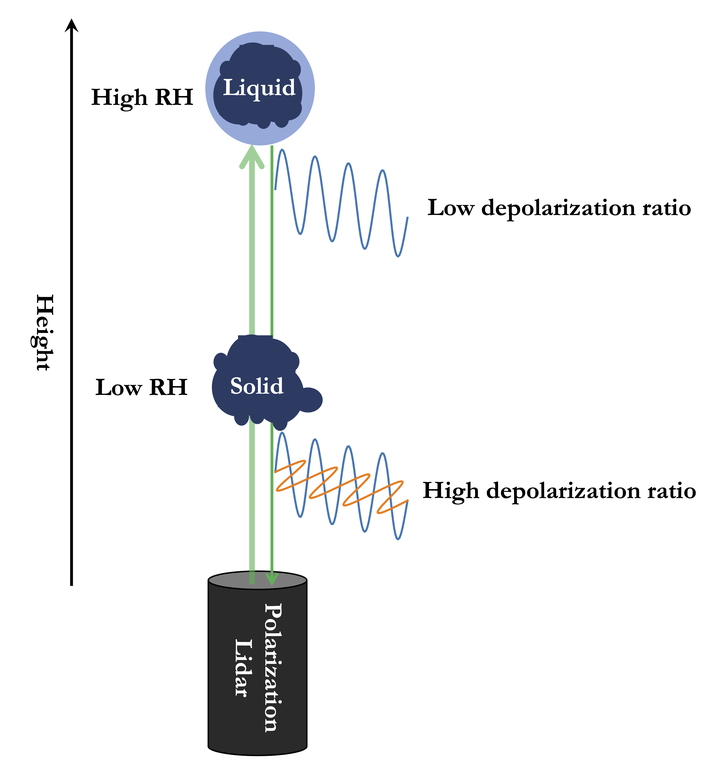Potential of Polarization Lidar to Profile the Urban Aerosol Phase State During Haze Episodes

Abstract
The phase states of atmospheric aerosol particles affect their physical, chemical, and optical properties. Particles with different phase states exhibit different viscosities and various shapes that cause differences in their scattering polarization. In this study, a novel method for inferring the phase state of submicrometer particles using the particle linear depolarization ratio (δp) retrieved from polarization lidar is proposed. The values of δp during several haze episodes showed good correlation with the in situ-measured rebound fraction and ambient relative humidity. Two case studies verify that polarization lidar has the potential to infer the phase state profiles of submicrometer particles and that the particle phase state in the upper boundary layer may differ from that near the ground during haze episodes.